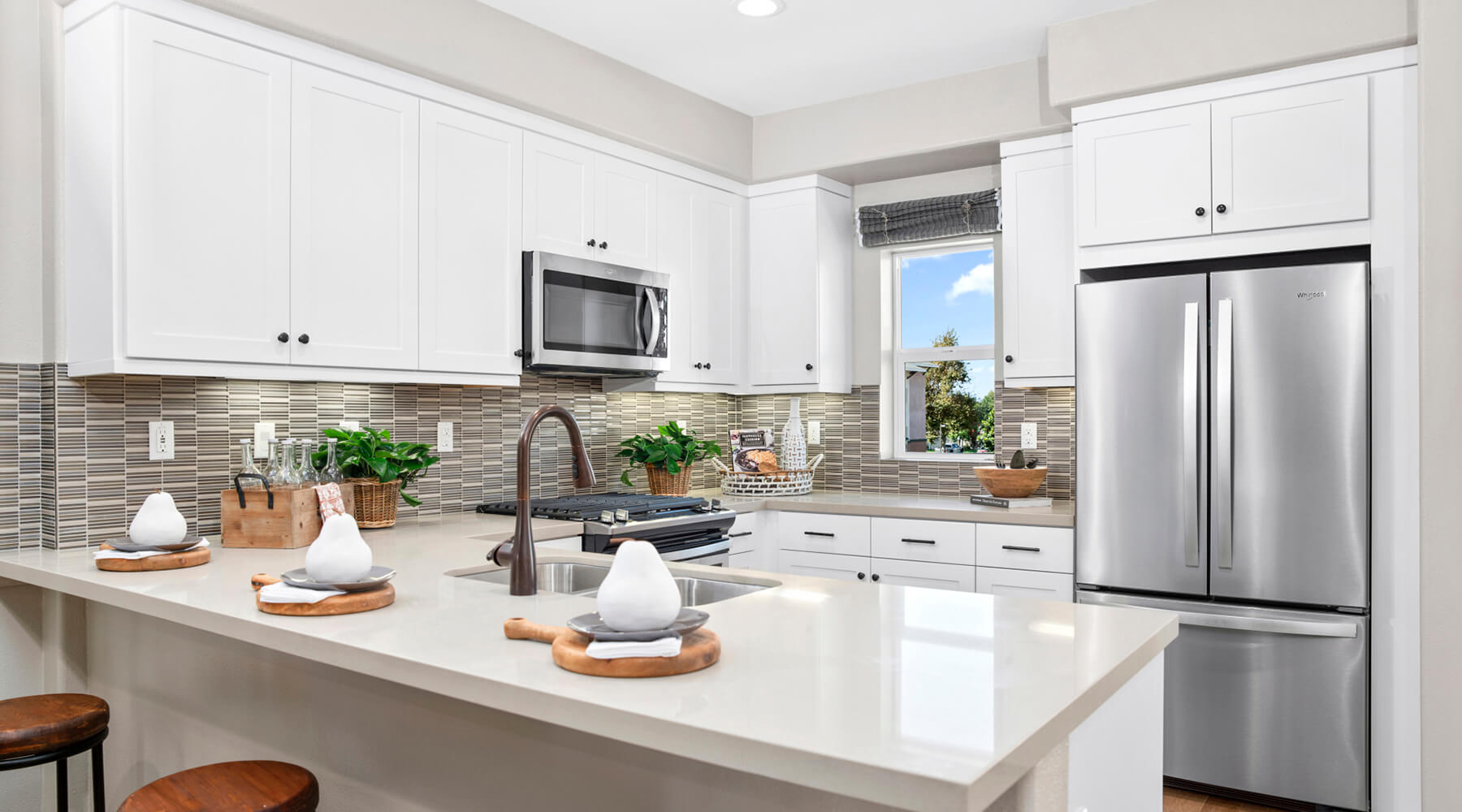Green Living Tip: More reason to de-clutter (and 15 tips to inspire you)
Jul. 01, 2013
Recent news out of San Francisco has environmentalists cheering.
City leaders there approved plans for 220-square-foot “micro apartments,” complete with pull-down beds that double as dining tables and mini-kitchens.
Critics call them shoeboxes, dog houses and glorified prison cells.
But city officials and the developer call them “affordable.” By that, they mean $1,300 to $1,500 a month.
SF rents are among the highest in the nation. Currently, the average studio in the City by the Bay rents for $2,075 monthly, according to real estate service RealFacts.
But San Francisco is hardly alone. Smaller housing is a global trend, and the reason behind it is solid: More people live in cities than in rural areas today, and smaller housing uses far fewer natural resources.
So while some throw stones at people who live in small houses, these folks are actually leading the way in preserving the planet.
Small quarters force them to live lightly upon the land. The other silver lining is that often, they say life becomes easier because they have fewer “things” to store and worry about.
Which brings us to the point of today’s post: tips on how to de-clutter your living space, for the sake of your planet and your peace of mind.
Our thanks to www.thedailygreegreen.com for the following:
Read more: http://www.thedailygreen.com/green-homes/latest/declutter-tips-47070206#ixzz2DLo9TlPM
1. Eliminate the estimated 850 pieces of junk mail you get each year by registering for the Mail Preference Service on the Direct Marketing Association Website. For $1, your name and address will be removed from prospective mailing lists, ending 75% of junk mail within about 90 days.
2. While you’re at it, opt out of home phone book delivery. Contact your local publisher, and/or try opting out by using www.YellowPagesGoesGreen.org or www.YellowPagesOptOut.com.
3. Switch to paperless (e-mail) billing. Saving paper means not only saving trees, but 171 pounds of greenhouse gases, 63 gallons of water, and 4.5 gallons of gasoline annually for the average paperless household, according to Pay It Green.
4. Get a Laptop. It uses as little as 10% as much energy a typical desktop computer uses, and it takes up alot less space on your desk.
5. Download your software. Around the world, 1 billion discs are discarded every year, contributing to the e-waste problem and adding clutter.
6. Lose the answering machine. It’s simply more efficient for a centralized facility to process all that data than to have each individual use his or her own desktop machine. Plus it’s one less gadget cluttering up the desk.
7. Recycle old electronics. Does that VCR from 1998 really need to be in the closet?
8. Buy a power strip. Plug in your devices, and turn it on only when your devices are actually charging. That will prevent phantom loads.
9. Go to the library instead of letting magazines pile up on your nightstand, or get your reading material via Apps.
10. In the kitchen, replace all the paper and plastic bags with a few sturdy, reusable shopping bags.
11. Get a reusable water bottle and a filter, and quit buying 2-liter soda bottles.
12. Use reusable napkins and towels instead of space-sucking paper products.
13. Eat fruit for snacks. It cuts way down on junk-food packaging.
14. Sell or donate clothes you don’t wear.
15. Visit social swapping sites like Freecycle.org, which connect you to the legions of people willing to take free junk, er, items.






